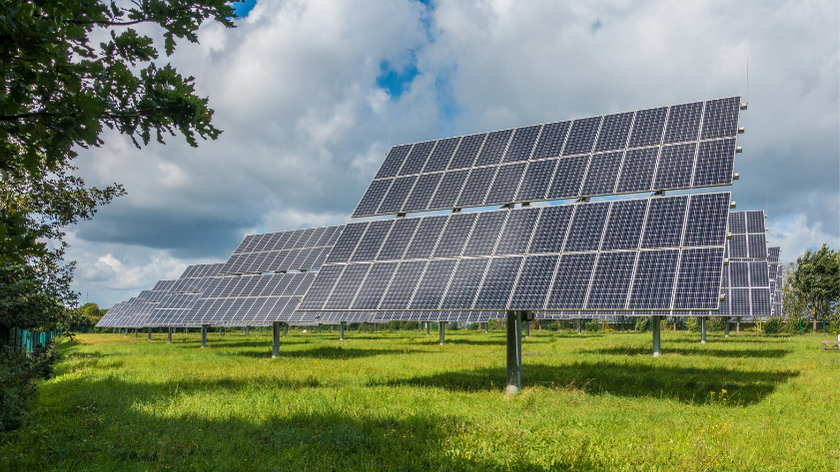Renewable energies have become a huge market. Powered with institutional support and financial assistance, we have seen a huge increase on their share in the energy mix.
Now, thanks to research we might be at the beginning of a new era for solar energy, thanks to hydricity.
Investing in renewable energies is now a discussion out of the table. Countries like Denmark are going to be 100% “green” by 2020 while the rest are committing to percentages from 50% to 70% in the long run.
When renewable energies were emerging, many critical voices from carbon industry or nuclear energy claimed that they would not be profitable, or not as powerful as needed. The truth is that a lot of investment is needed to cover the actual demand, but it’s not impossible.
Today, renewable energies are becoming more and more efficient thanks to the latest innovations applied to the renewable field. One of the latest ones is ‘hydricity’.
What is Hydricity?
Last November 17th a group of US and Switchz scientists announced a new proposal for solar energy: hydricity. Hydricity encompasses a new way of using solar thermal energy to produce hydrogen and electricity. They are produced at the very same time and use the same process with an intriguing ratio of efficiency.
The key of the project was to implement integrations to production processes, detection of synergies, and usage of them as well. The model has produced a 40%-46% efficiency during the electricity production with the solar water power cycle. In the hydrogen mode, the efficiency goes up to the 50%.
This reflects an incredible advantage in the efficiency index for thermal solar energy, that was originally low compared to photovoltaic.
When the engineers activated the co-production mode, they found they could store hydrogen while they produced solar power. This production allows for a provided source while there’s no sunlight. The hydrogen will be used in a different power cycle (“turbine” based) with a 65% – 70% efficiency in hydrogen-to-electricity.
This hydricity project tested the process during an average cycle of 24h. The resulting overal sun-to-electricity efficiency was close to 35%.
How Hydricity Could Make the Difference
On top of improving the efficiency rates in a field that was yet behind from other renewables processes, the group that developed hydricity claim that this new way of producing energy has many other advantages:
- the new model stores energy thermochemically
- the co-produced hydrogen could be used for transportation and chemical industries
- compared to regular batteries, the stored energy does not release. In addition, the storage medium does not degrade with several uses.
You can learn more about this interesting topic and about how hydricity works by accessing to the original paper published last week by the National Academy of Sciences of America.




